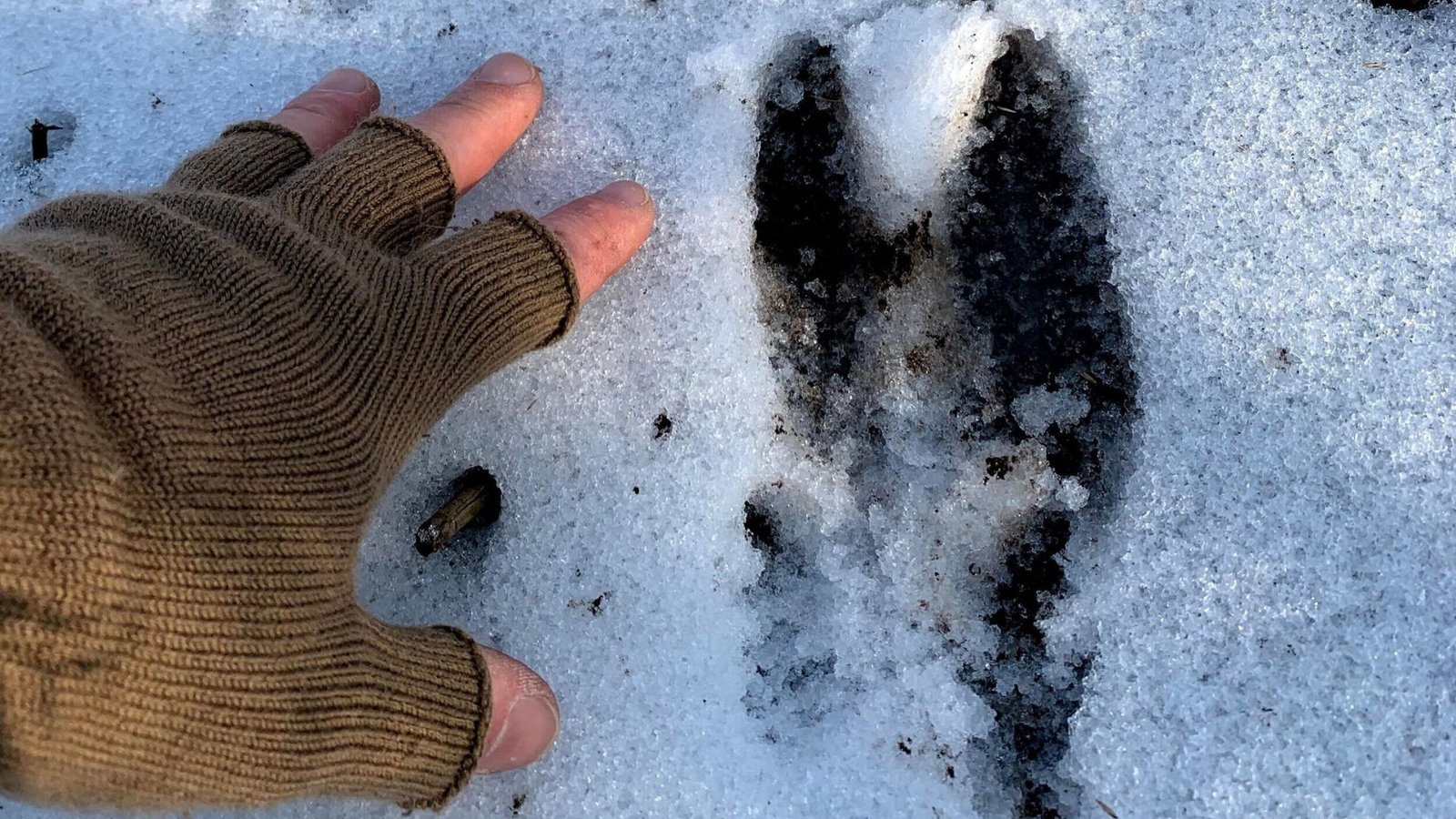Building a hunting shelter is a vital part of a successful outdoor adventure. A sturdy, well-designed shelter keeps you safe from the elements, enhances comfort, and ensures readiness for the hunt. Whether you’re staying for a weekend or an extended period, these tips will help you construct a shelter that lasts.
1. Choose the Right Location
The shelter’s site determines its safety and functionality:
- Avoid Low Areas: Steer clear of flood-prone valleys.
- Select Flat Ground: Ensures stability for your structure.
- Stay Close to Resources: Set up near water and wood supplies.
- Consider Wind Protection: Position your shelter behind natural barriers like trees or rocks.
2. Use Sturdy Materials
Durable materials ensure your shelter withstands weather conditions:
- Wood: Use treated lumber or logs for frame construction.
- Tarps or Canvas: For waterproof and windproof coverage.
- Ropes and Nails: Secure components firmly to prevent collapse.
3. Design with Weather in Mind
A well-designed shelter can handle changing weather conditions:
- Sloped Roofs: Prevent rain or snow accumulation.
- Insulated Walls: Keep you warm during cold nights.
- Ventilation: Allow airflow to prevent condensation.
4. Prioritize Safety
Your safety is paramount when building a shelter:
- Fire Safety: Maintain a safe distance between the shelter and your fire pit.
- Stability Checks: Ensure the structure is solid and won’t collapse.
- Exit Pathways: Keep clear routes in case of emergencies.
5. Optimize for Comfort
A comfortable shelter improves your hunting experience:
- Flooring: Lay down tarps or pallets to keep dry and off the cold ground.
- Seating: Bring foldable chairs or build simple benches from logs.
- Lighting: Install lanterns or use battery-powered lights.
6. Build Efficiently
Time and effort are limited in the wild, so work efficiently:
- Pre-Cut Materials: If possible, pre-measure and cut wood at home.
- Tools: Bring a saw, hammer, nails, and a multi-tool.
- Teamwork: Work with others to reduce construction time.
7. Plan for Longevity
If you’ll use the shelter multiple times, durability is key:
- Weatherproofing: Treat wood with sealants to resist water damage.
- Reinforcement: Add crossbeams or braces for extra stability.
- Regular Maintenance: Check for wear and tear after each use.
8. Add Storage Solutions
Efficient storage keeps the shelter organized:
- Hooks and Shelves: Attach for hanging gear and storing essentials.
- Gear Racks: Keep rifles, bows, and other hunting equipment off the ground.
- Dry Bags: Store food and clothing to protect against moisture.

9. Practice Leave-No-Trace Principles
Preserve nature while setting up and dismantling your shelter:
- Minimize Impact: Use natural materials without damaging the environment.
- Clean Up: Remove all equipment and trash when leaving.
- Restore the Area: Leave the site as you found it.
10. Test Your Shelter
Before your trip, practice building a shelter to refine your skills:
- Trial Run: Assemble it at home or nearby woods.
- Weather Simulation: Test it in windy or rainy conditions.
- Adjustments: Identify weaknesses and make necessary improvements.
Conclusion
A safe and durable hunting shelter is your sanctuary in the wild. With careful planning, sturdy materials, and safety-first construction, your shelter will provide comfort and protection. By following these tips, you can enjoy your hunting trip while staying secure and prepared for the hunt.











